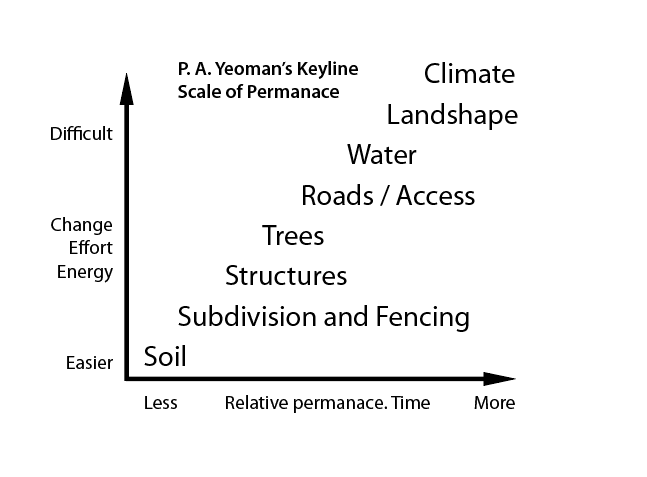





 2
2





 4
4





 4
4




 2
2




Skyler Weber wrote:Awesome picture. So what are you planning to do with that arroyo? What was the rainfall amount and what's the size of the water shed? Also, I read that Llano, CA has 7 inches of annual precipitation. Is that right? Then what are your plans or enterprises?
 3
3






 4
4








Skyler Weber wrote:Then you can use the area tool to get your acreage.
 3
3





 2
2




 3
3








Invasive plants are Earth's way of insisting we notice her medicines. Stephen Herrod Buhner
Everyone learns what works by learning what doesn't work. Stephen Herrod Buhner
 1
1




Phil Stevens wrote:That's impressive, Eric. Does any of your catchment reach high enough in elevation that snowmelt will be a factor?
 4
4




Skyler Weber wrote:Wow that's alot of erosion. So at 1.04 square kilometers you should have a drainage area of 256 acres. Without doing the math, I can estimate that the arroyo is recieiving hundreds of thousands of gallons of water annually. That's more than enough to get something wonderful going. That wood dam is fantastic, though I would recommend you put stone dams together and it looks like you have no shortage of stone. The Quiviria Coalition has several field guides on hand made check dams here https://quiviracoalition.org/category/technical-guides/one-rock-dam/
I think you could do peach trees. I remember Geoff Lawton in one of his youtube videos saying that the Nabateans in the Negev desert would plant their peach trees in the wadis next to their stone check dams.
 1
1




Anne Miller wrote: I agree with Slyler about the stone dams, brush dams, and check dams.
It will be easy with those to redirect that water to do some good and stop the erosions.

|
World domination requires a hollowed out volcano with good submarine access. Tiny ads are optional.
The new permaculture playing cards kickstarter is now live!
https://www.kickstarter.com/projects/paulwheaton/garden-cards
|





